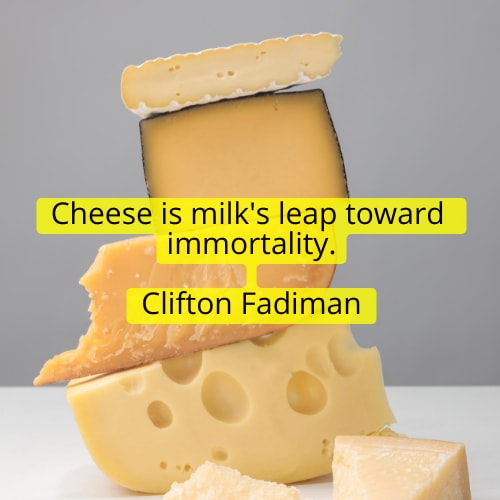The Two Types of Blue Zones Cheese To Know About
Sometimes, the mere thought of certain foods can activate your salivary glands in anticipatory delight. For some, decadent sweet treats will do the trick. For others, it can be an age-old family recipe that store-bought or restaurant fare can’t quite mimic. Yet one of the most common foods that many people can’t help but look forward to enjoying is cheese. (I, for one, am currently daydreaming about slices of smoked gouda.)
However, traditional cow’s milk cheeses can get a bad rap—especially if you have trouble digesting lactose, or if you notice that your acne flares up the more you consume your cheese of choice. And even if these potential pitfalls don’t apply to you, there can be too much of a good thing: While cheese offers the likes of protein and calcium, it’s often high in saturated fat and salt, which should be consumed in moderation to reduce the risk of cardiovascular disease.
Still, you can remain optimistic if the idea of nixing cheese from your diet is too much to bear. It turns out that grass-fed goat cheese and sheep cheese figure into the diets of two Blue Zones—aka regions of the world where people live the longest. To figure out how these cheeses complement these well-known diets for longevity, we consulted Taylor Fazio, MS, RD, CDN, a registered dietitian and wellness advisor at The Lanby in New York City.
The benefits of grass-fed animal products
Before we dive into the nutrition profiles of goat cheese and sheep cheese, it’s important to call out the benefits of consuming cheese—as well as meat and other dairy products—from animals that graze on grass. “Grass-fed products have more beta-carotene and omega-3 fatty acids than conventionally fed animals,” Fazio says. “These products contain less inflammatory omega-6 fatty acids, which we want to consume in moderation, and in smaller amounts than anti-inflammatory omega-3 fatty acids.”
Related Stories
While…
..


